how to fix grainy photos
How To Fix Grainy Photos
Learning how to fix grainy photos is an important skill to know at levels of photography. Whether you're a newbie or a veteran photographer, grainy photos affect us all. At first, you may think there's something wrong with your camera, but luckily that's not the case. Grain can be caused by a variety of different factors, all of which you have total control over. By remembering these simple strategies to fix grain in your photos, you'll know how to get rid of it in any situation.
What Causes Grainy Photos?
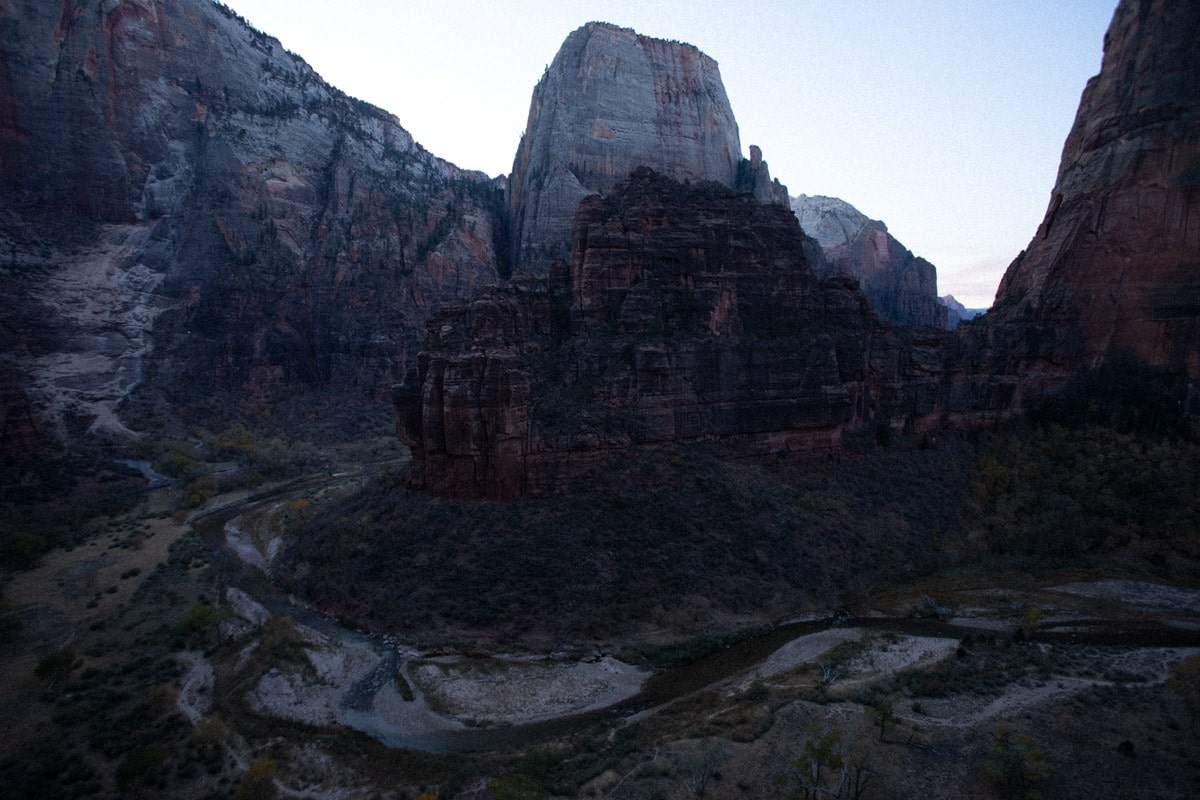 Before you can figure out how to fix a grainy photo, you need to understand what causes it. The answer boils down to one single camera setting called ISO.
Before you can figure out how to fix a grainy photo, you need to understand what causes it. The answer boils down to one single camera setting called ISO.
In a nutshell, your ISO setting controls the sensitivity of your camera's sensor to incoming light. The more sensitive it is, the brighter your photo will become.
The ISO setting is meant to help balance your exposure after choosing your shutter speed and aperture. It has no stylistic effects for your photo, like the shutter (freezing/blurring motion) or aperture (depth of field) does. Due to this, the ISO setting is typically the last setting you should choose when picking your camera settings.
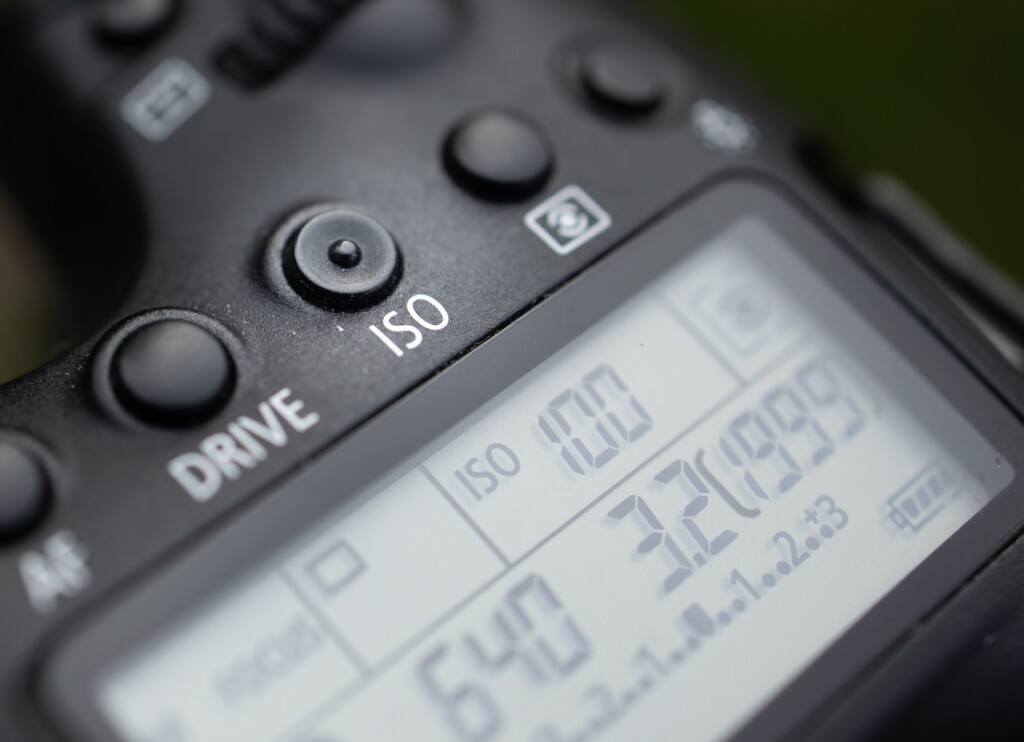 Now that's not to say that the ISO setting isn't necessary, because it's crucial for every photo you take. Without it, you would struggle to capture the right exposure while still having creative control over your image. Although it is extremely useful, the ISO setting does have some significant drawbacks when you increase the sensitivity. This drawback comes in the form of grainy photos.
Now that's not to say that the ISO setting isn't necessary, because it's crucial for every photo you take. Without it, you would struggle to capture the right exposure while still having creative control over your image. Although it is extremely useful, the ISO setting does have some significant drawbacks when you increase the sensitivity. This drawback comes in the form of grainy photos.
There are two different types of grain that you'll encounter in your photography. The first is called Shot Noise, while the other is called Digital Noise.
– What Is Shot Noise?
Shot noise is completely unrelated to ISO, but it will affect the amount of grain in your photo. When you take a picture, you're capturing light reflecting off of objects in your environment. Just like how your eyes work, light bounces off an object and travels into your camera sensor, where your camera records the light. As these photons move through the environment, they don't emit at a constant rate. A light source may emit 757 photons of light one second, but only 743 photons the next second. This inconsistency and randomness in light patterns can end up creating shot noise in your photo.
– What Is Digital Noise?
Unlike shot noise, digital noise is created as a result of a high ISO setting. As you increase the sensitivity of your sensor, the more inconsistencies it has in picking up all the light in your scene. The result is heavy grain (which is just image distortion) or discoloration in your photo. Digital noise is also the reason why your picture is never truly 100% black, even with the lens cap on.
It's tough to tell the difference between shot noise and digital noise since they appear to look the same in most photos. Regardless, when you see a lot of grain in your picture, it's likely a result of both of these factors working together.
What ISO Setting Will Create Too Much Grain
When you're choosing an ISO setting, there's no right answer for every photo. Instead, you just need to remember that, generally, a low ISO will equal less grain, while a high ISO equals more grain.
A low ISO setting would be considered as anything from ISO 100 – ISO 500. In this range, you won't experience much grain in your photos.

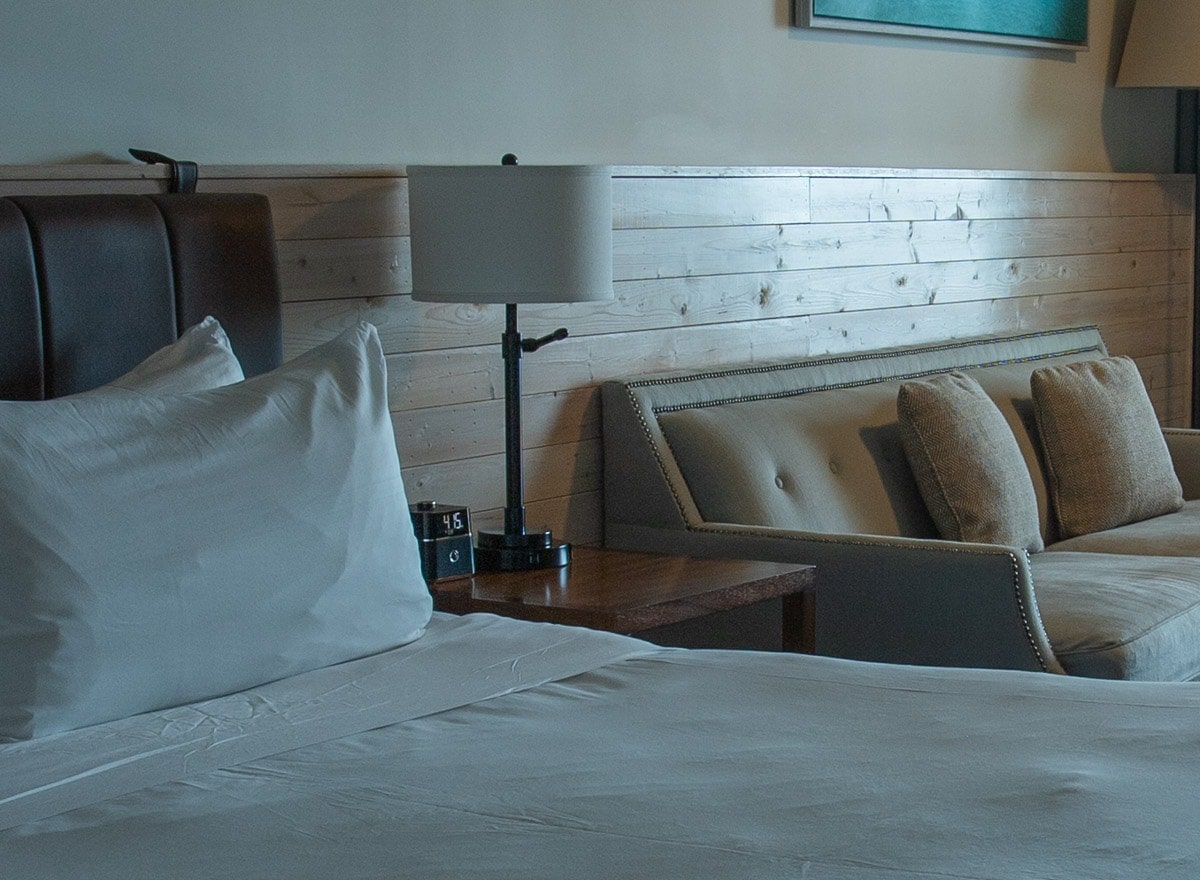
A high ISO setting would be something like ISO 3200 or above. After you go above this setting, you'll start to notice a sharp increase in grain.
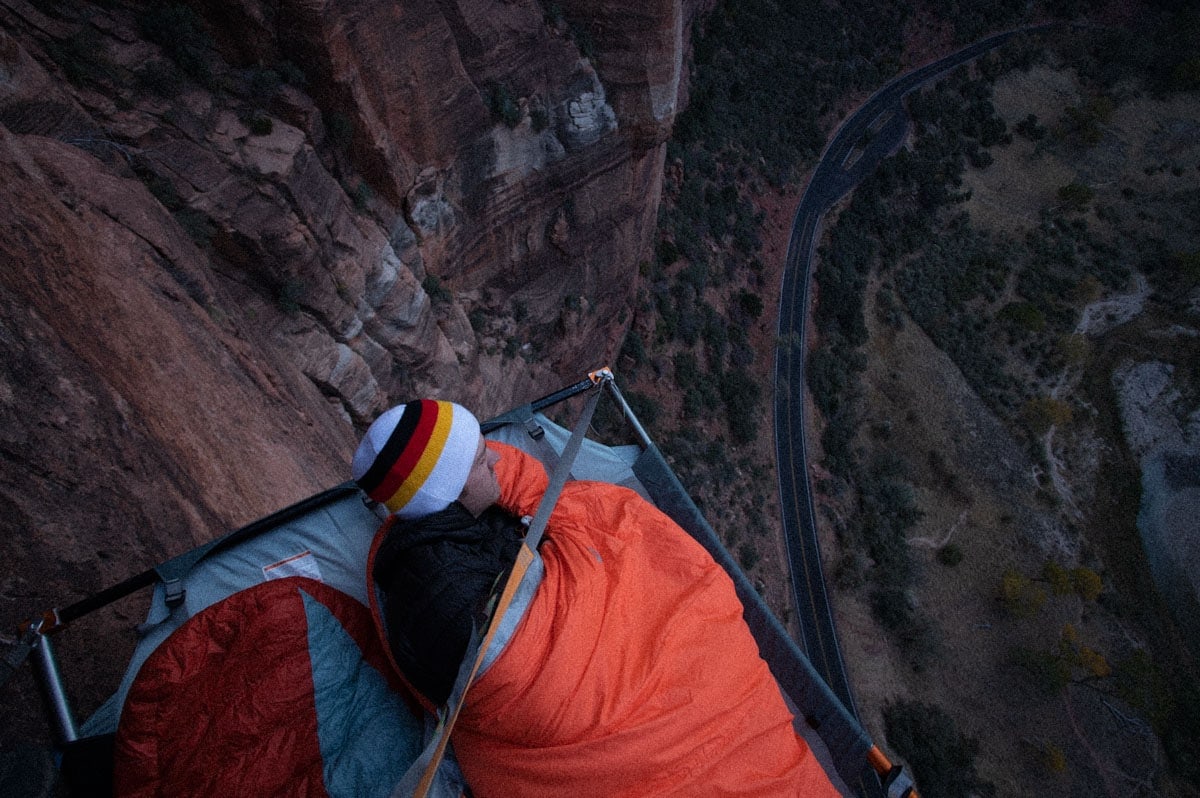
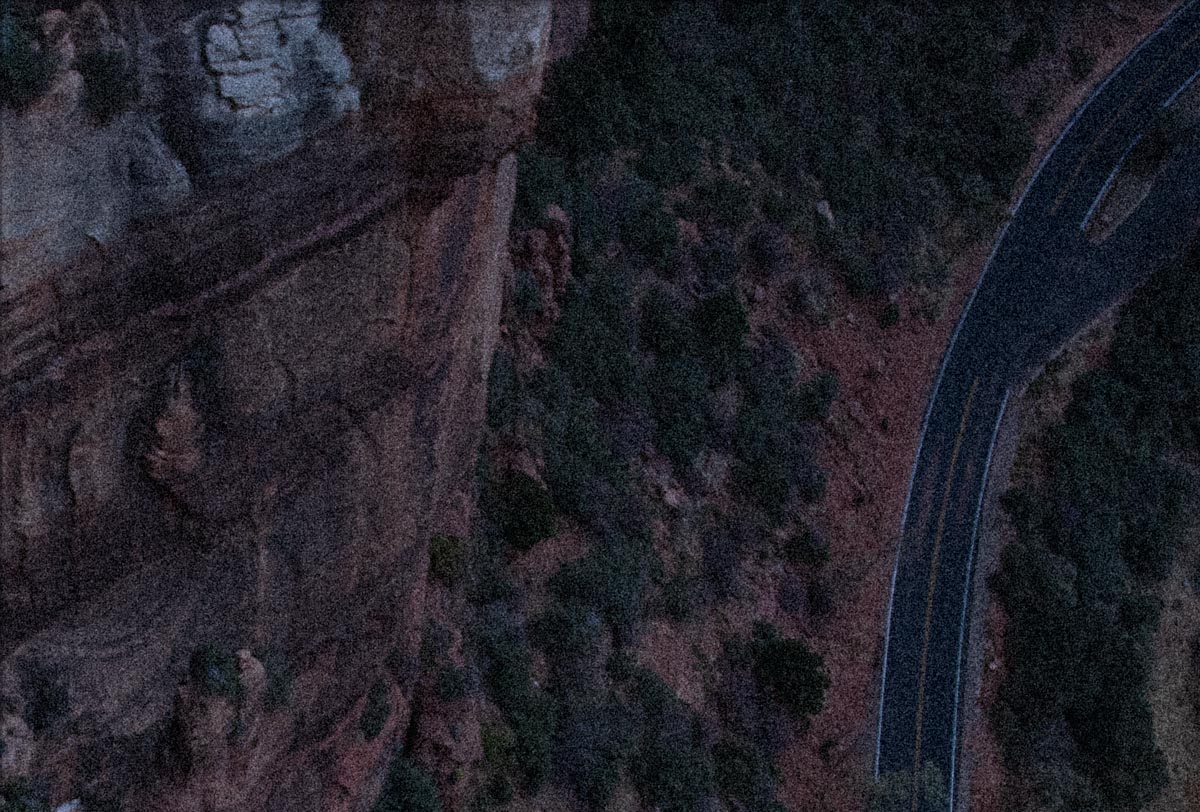 These ISO ranges will entirely depend on what type of camera you're using. Higher quality camera sensors can perform better with less grain at relative ISO settings compared to an entry-level one.
These ISO ranges will entirely depend on what type of camera you're using. Higher quality camera sensors can perform better with less grain at relative ISO settings compared to an entry-level one.
Now with that said, no matter what camera you're using, it's always a good idea to keep your ISO setting low. This will help to improve the overall quality of your images while reducing the amount of noise reduction work in post.
How To Fix Grain In Your Photos Without Photo Editing
There are two types of photographers: those who love to edit photos, and those who hate it. Fortunately, it doesn't matter what side your on when it comes to fixing grainy photos. That's because there are a few simple ways you can avoid grain before you even take the picture.
1. Brighten Your Exposure
The darker your photo, the more grain will be visible, especially in the shadowed areas. That's because when there isn't enough brightness to 'override' the grain, it only becomes more noticeable. Even at a low ISO, you may notice extra grain in the shadows of your image because of this.
 To help solve this problem, you can brighten your exposure by adjusting your shutter speed and aperture. This way, you can lighten up the shadows in your image and bring back more details in those areas.
To help solve this problem, you can brighten your exposure by adjusting your shutter speed and aperture. This way, you can lighten up the shadows in your image and bring back more details in those areas.
Before you go crazy with brightening your exposure, be sure to look at your camera's histogram. The histogram will tell you whether or not you have any blown-out highlights before you take the photo. Ensuring that everything is exposed correctly is crucial to avoid loss of detail in your image.
2. Use A Lower ISO Setting
Now this one may seem obvious but stick with me here. Many photographers will use auto ISO or leave their ISO setting too high when they're in a rush. Next time you're taking photos, actively think about your ISO setting. Ask yourself:
"Could I use a lower ISO for this photo?"
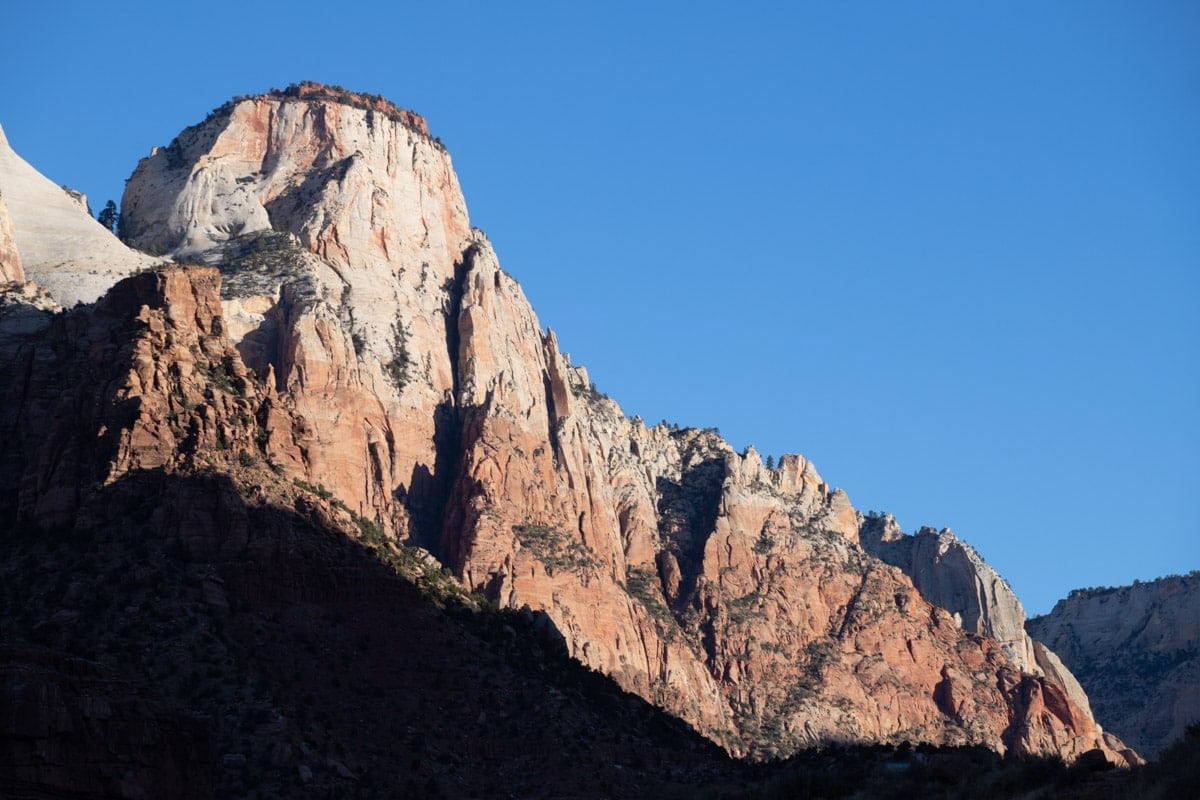
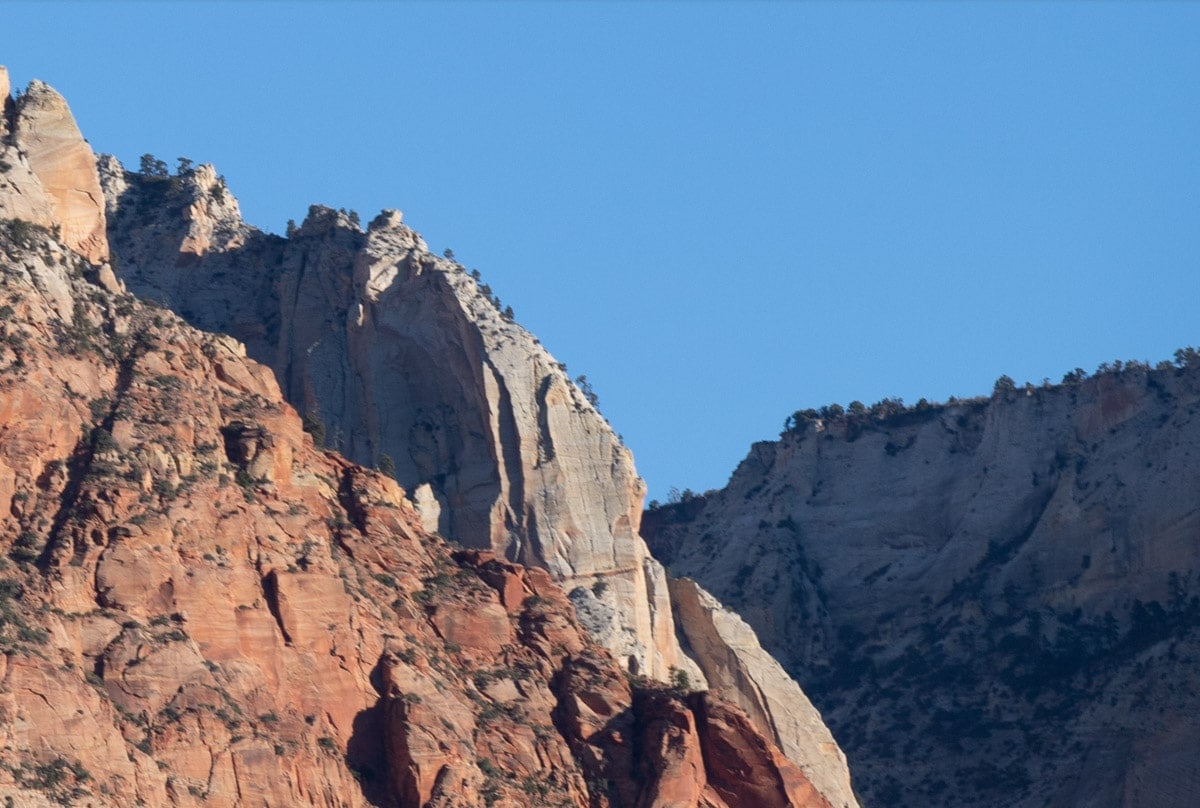 You may be surprised by your answer. Often you can compensate by a stop or two with your shutter speed and aperture but still get the same creative result. By compensating your camera settings while still maintaining your creative intentions (i.e., motion blur & depth of field), it's a win-win.
You may be surprised by your answer. Often you can compensate by a stop or two with your shutter speed and aperture but still get the same creative result. By compensating your camera settings while still maintaining your creative intentions (i.e., motion blur & depth of field), it's a win-win.
Keeping your ISO setting lower is one of the easiest ways to fix grainy photos without photo editing!
3. Use A Flash Or Incorporate More Light
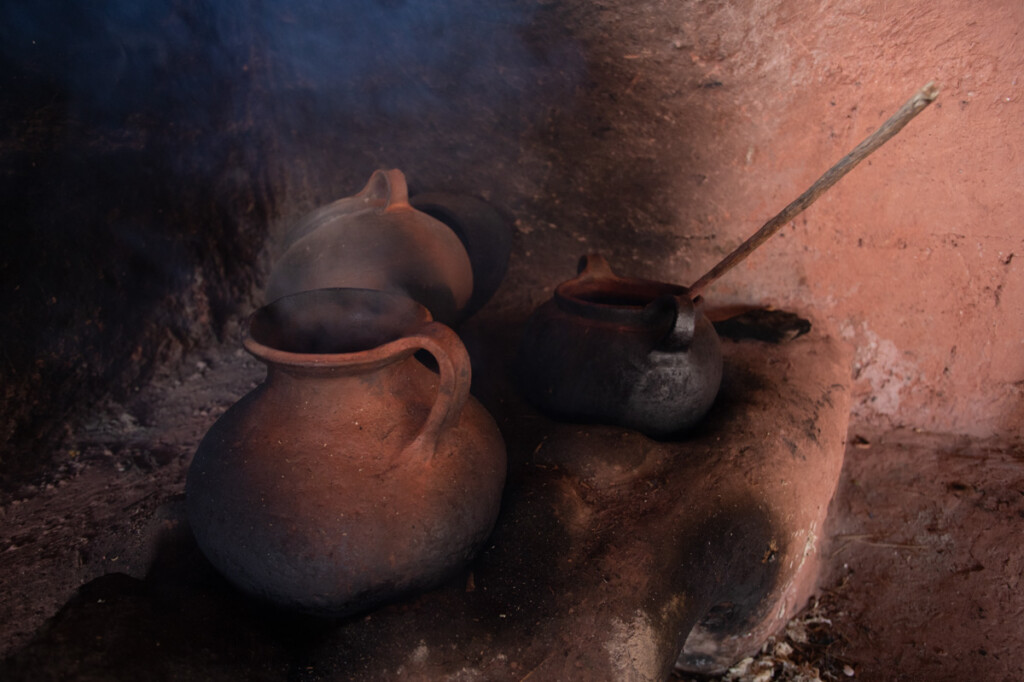
When you're shooting in low light, you'll inevitably find grain in your photo. In dim lighting conditions, you're forced to push your camera settings to the max. You are limited to your shutter speeds, you need to favor a wider aperture, and you must balance it all out with a higher ISO.
So how in the world are you supposed to fix grainy photos in low light?
Just add more light!
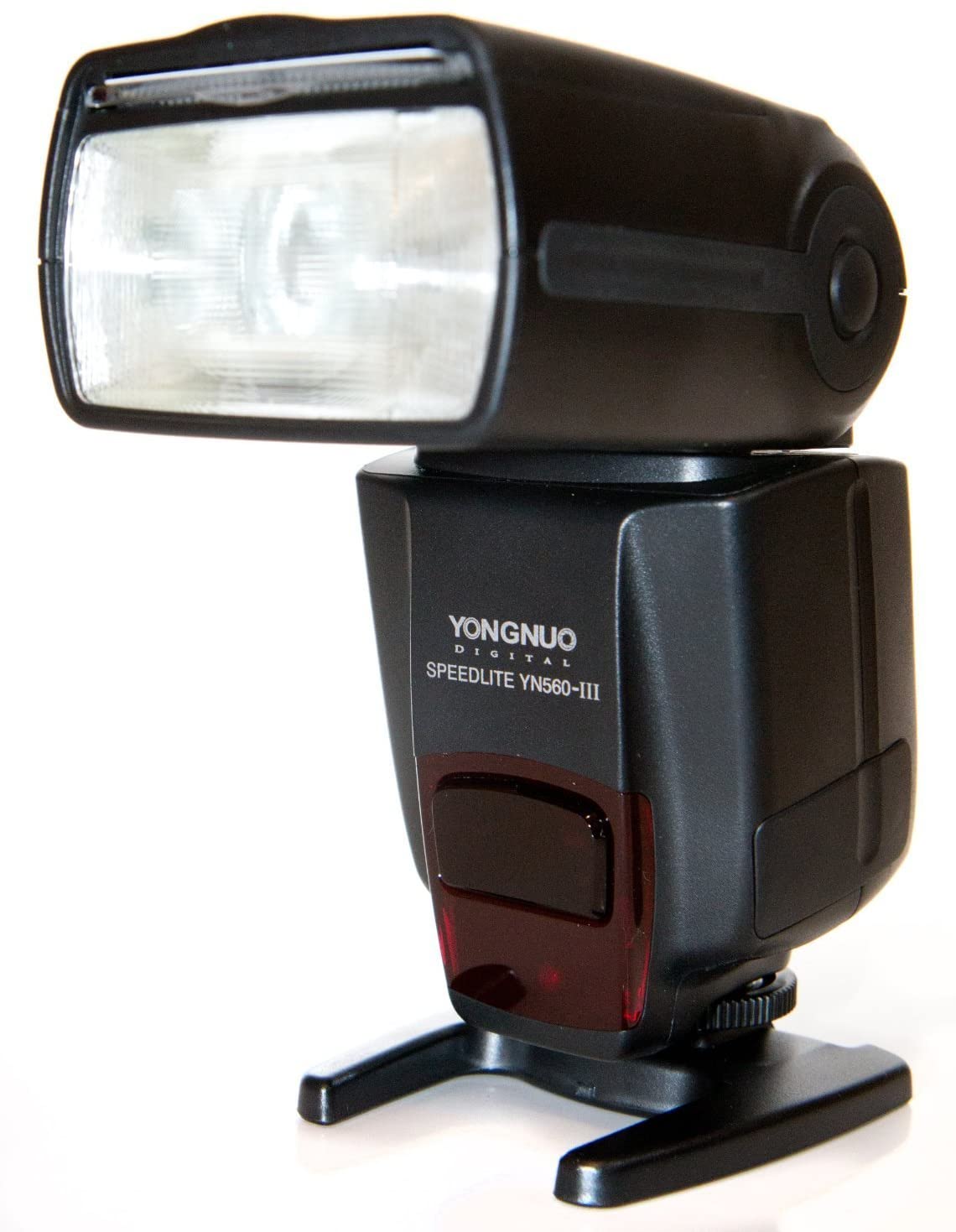
Using an off-camera flash is one easy method, but that doesn't always suit every photographer's style. A professional flash can be a bit expensive and takes practice to get comfortable with. Fortunately, you can opt to use lights already in your scene to help out.
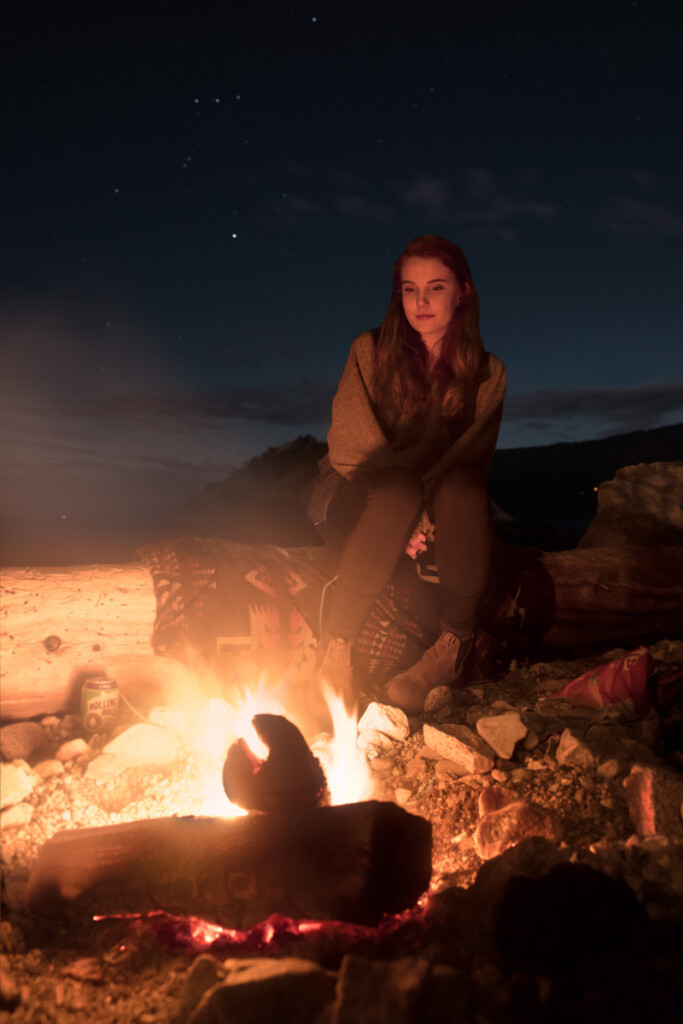
Things like campfires, streetlights, or flashlights are a few simple things you can use to help lower your ISO in low light. Any type of light source that illuminates your subject and aids your camera to make out more details is fair game.
4. Be Careful With Long Exposures
Believe it or not, long exposures can create more grain in your photos. Particularly with extremely slow shutters, your camera can create discolored pixels and grain. The time frame for this to happen will vary depending on your camera body.

You can try testing how far you can push your long exposures by using a variety of slow shutters. As you increase the exposure time, you'll begin to notice an evident noise increase after a certain period.
Now, this isn't to say you shouldn't take long exposure photos. It's just to keep you aware and consider that maybe you don't need to shoot that 30-minute exposure. Perhaps you could change some lens filters and camera settings and get the same result with a 1-minute exposure.
Limiting your exposure time is another easy way to fix grainy photos without photo editing!
5. Shoot In RAW
If you aren't already familiar, RAW files are uncompressed image files that have a much higher bit-rate than a JPEG file. In layman's terms, you can push a RAW file much further in post-processing than a JPEG file.
Although shooting in RAW alone won't fix grainy photos, it does give you more leeway in post. With this file type, you can boost your shadows and make grain reduction adjustments without as much worry of artifacting.
Click here to see the differences between RAW and JPEG files up close.
How To Fix Grainy Photos In Lightroom
All of the ways to fix grainy photos in-camera won't do you much good after the picture is taken. Luckily you fix grainy photos in Lightroom with a few quick adjustments in the Details Panel.
In the Develop Module, scroll down to the Detail Panel. This panel is home to all of your sharpening and noise reduction adjustments.
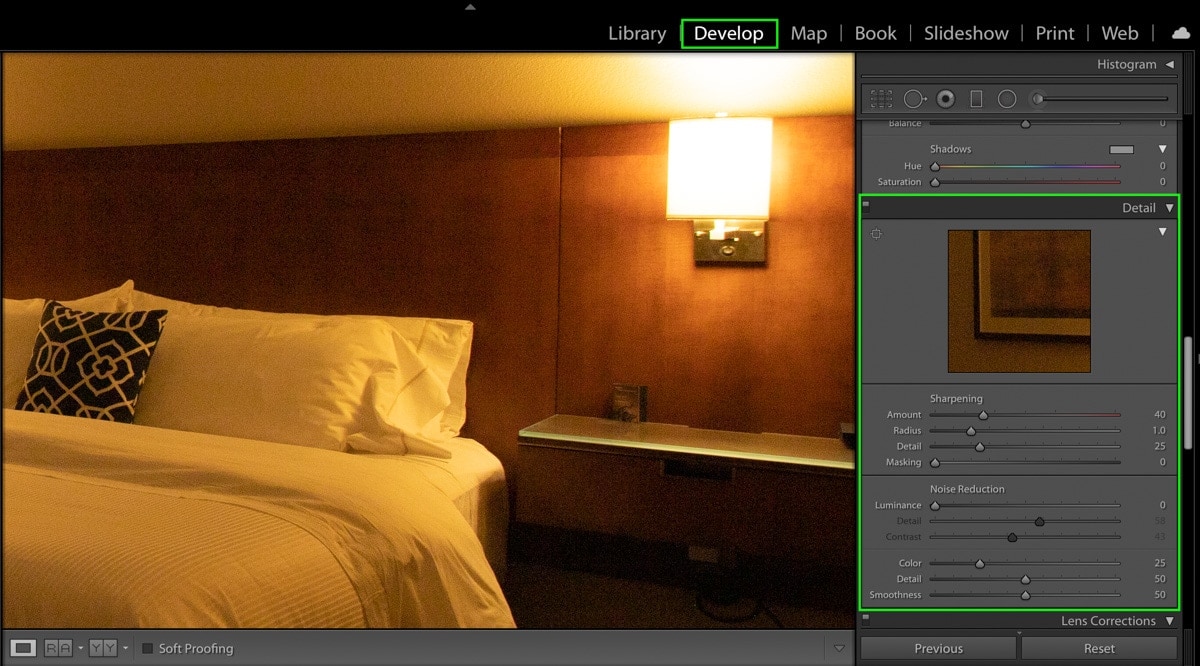
The noise reduction sliders are broken down into two different types—one for luminance and the other for color. Depending on the kind of noise in your photo, each option will have varying results.
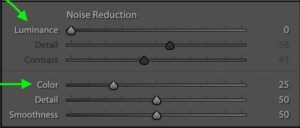
By default, Lightroom applies a bit of color grain reduction to all your photos. These default values are Detail: 25, Detail: 50, Smoothness: 50. Don't be afraid to make adjustments to these yourself!
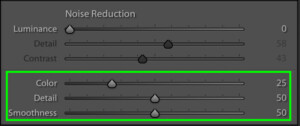
To see what type of noise you're dealing with, try putting your luminance and color sliders to 100 and see the result. One will likely have more of an impact than the other. If that's the case, focus on the one that made the most impact.
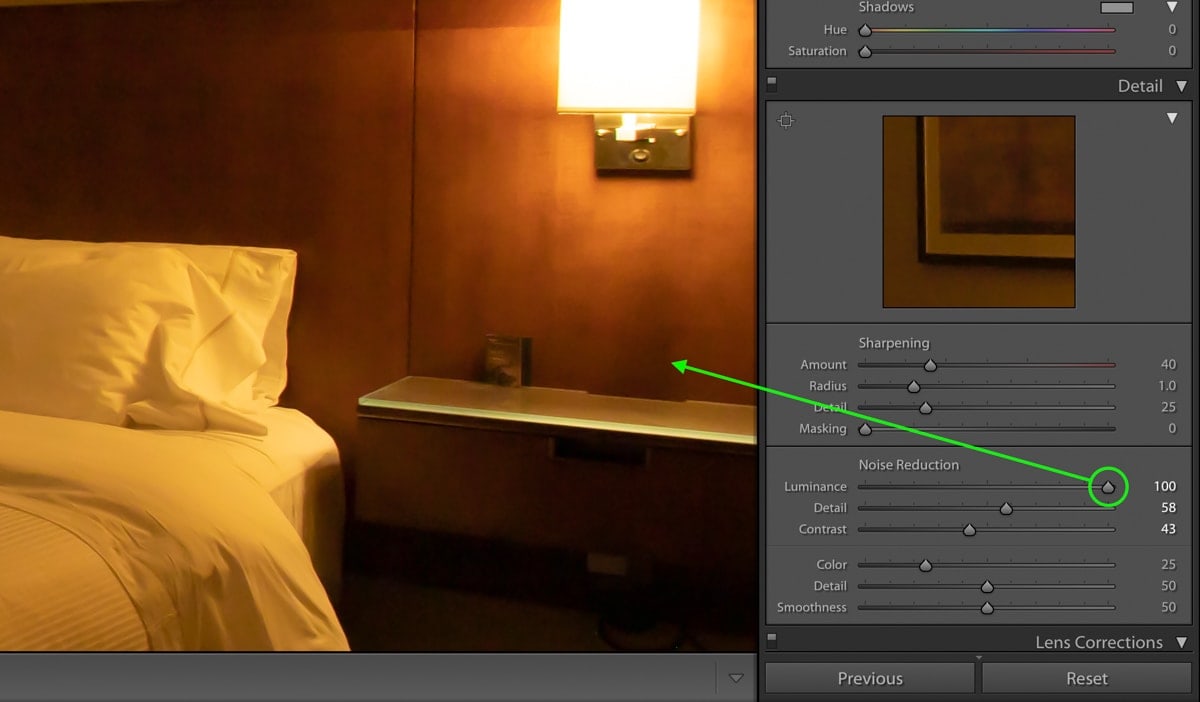
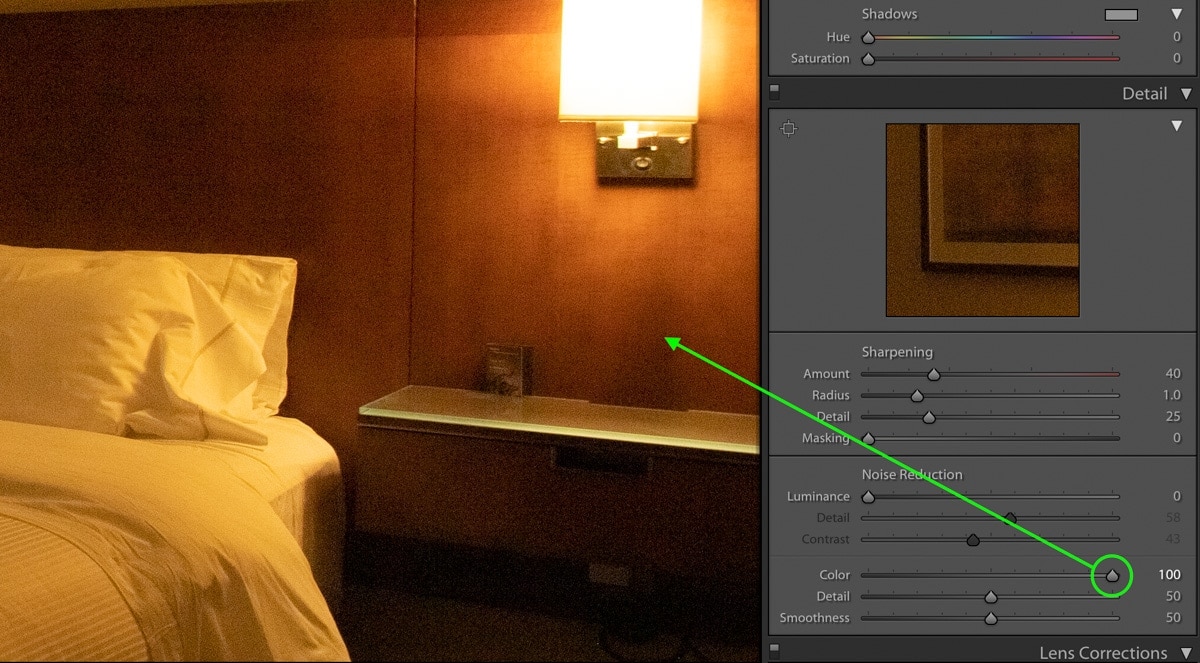
Bring your sliders back down to zero and readjust to a more reasonable level. Although it will reduce grain at the max level, it will create a fake and painterly look to your photo. The goal should be to reduce noise while keeping as much detail as possible.
Once you've set the luminance and color sliders, work with the detail and smoothness sliders to refine your noise reduction. There is no exact science to this; just move the slider up and down to see the result it creates. From there, pick a setting that cuts out the majority of the grain while not making your photo look too painterly.
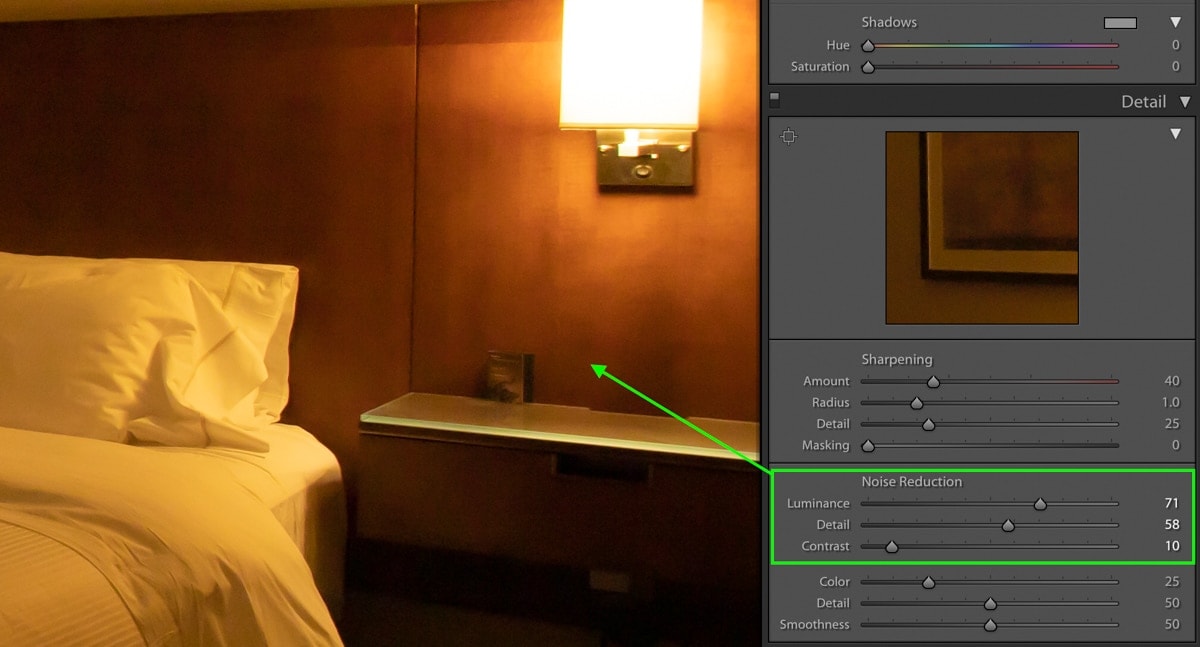
With these sliders, it doesn't take long to fix grainy photos in Lightroom. Once you land on the settings for one picture, you can use the same ones for other images in the set.
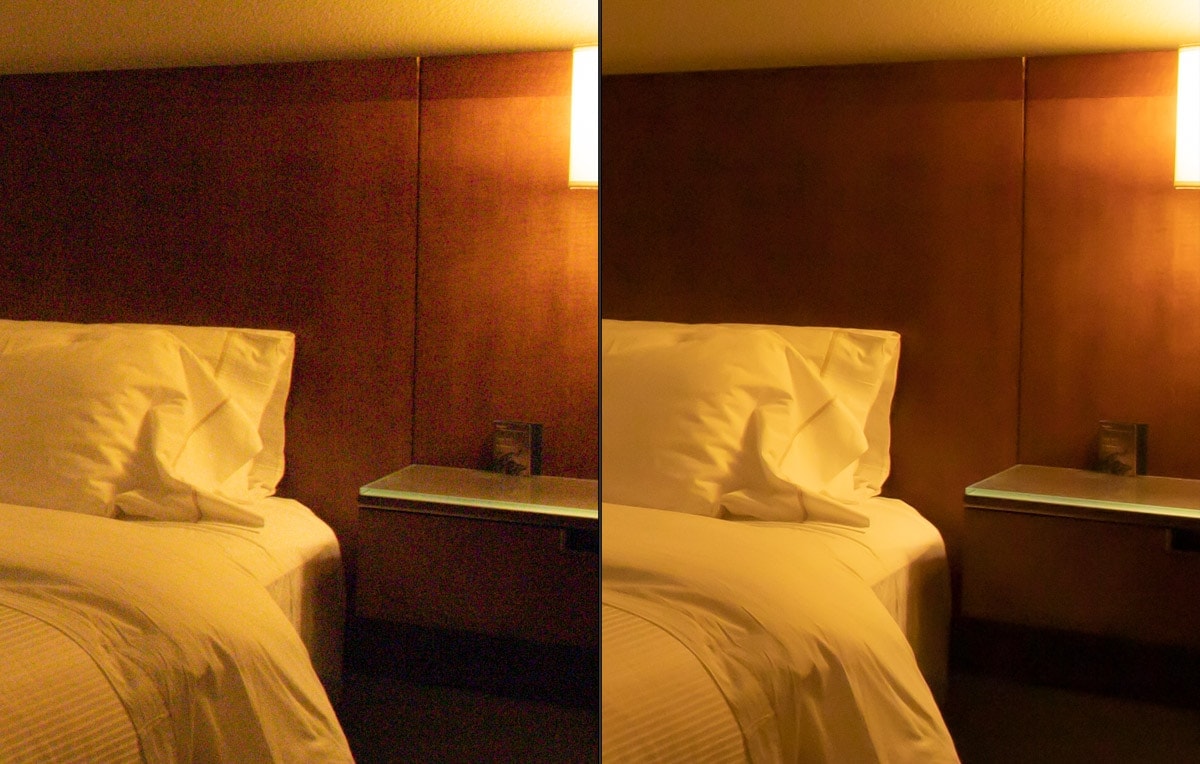
How To Fix Grainy Photos In Photoshop
There are a few different ways you can fix grainy photos in Photoshop, but the easiest way is with Camera Raw. Rather than having a bunch of sliders to choose from, the detail panel in Camera Raw streamlines noise reduction into just three sliders.
To start, select your image layer and go up to Filter > Convert For Smart Filters.You'll see why this is important later.
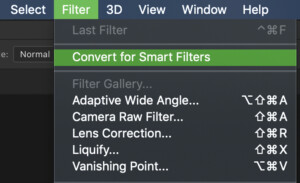
Next, go to Filter > Camera Raw Filter to open Camera Raw.
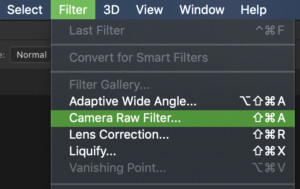
Camera Raw will open, and it should look very familiar if you're comfortable in Lightroom. Truthfully, a lot of it works the same. Scroll down your adjustment tabs and open the Details Panel.
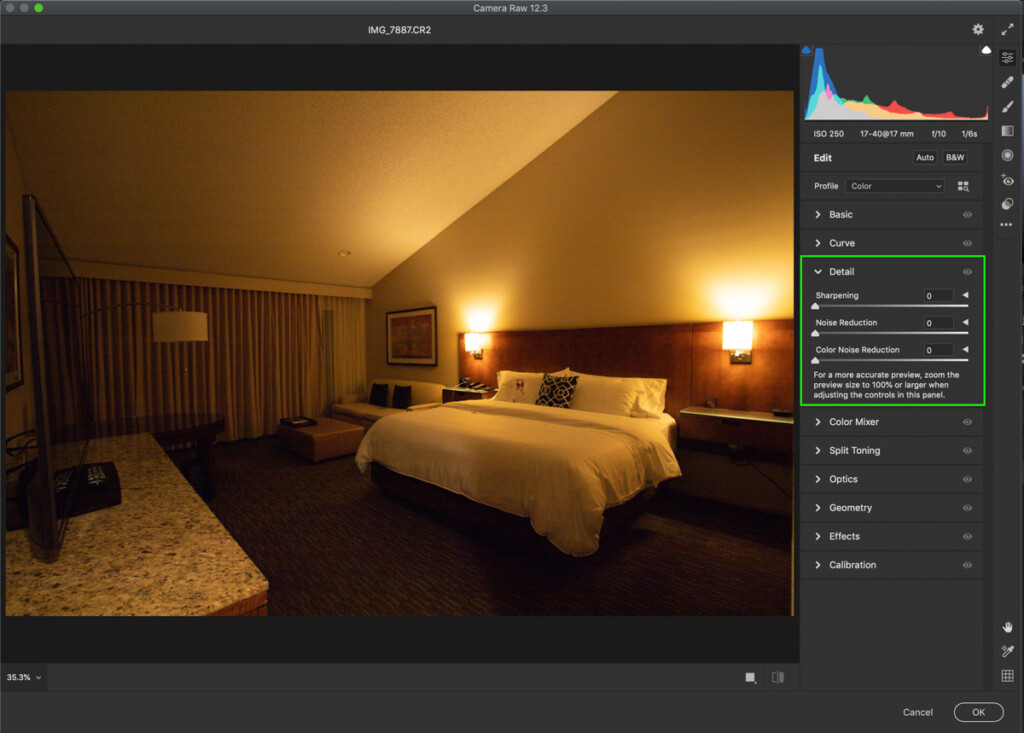
This panel only has three options for you: sharpening, noise reduction, and color noise reduction. Rather than having to deal with extra sliders as you do with Lightroom, Camera Raw streamlines the process.
Bring up the noise reduction and color noise reduction sliders to begin reducing the noise in your photo. See what affects they have on your image when set to 100.
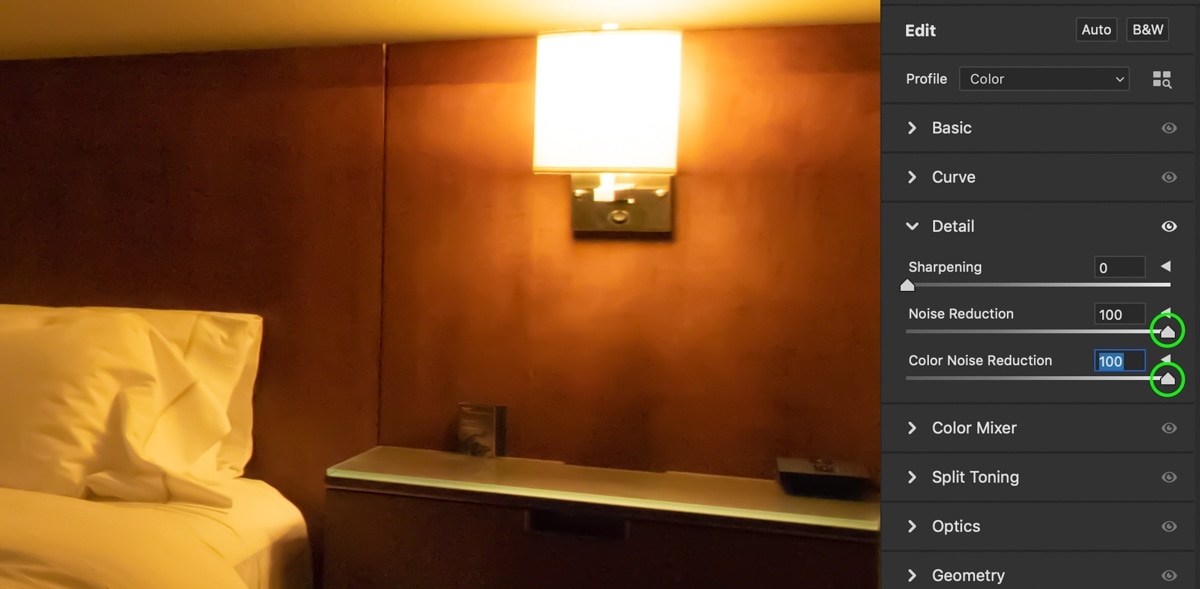
From here, back off these settings until you find a happy medium between noise reduction and detail retention. Once you're happy, click OK.
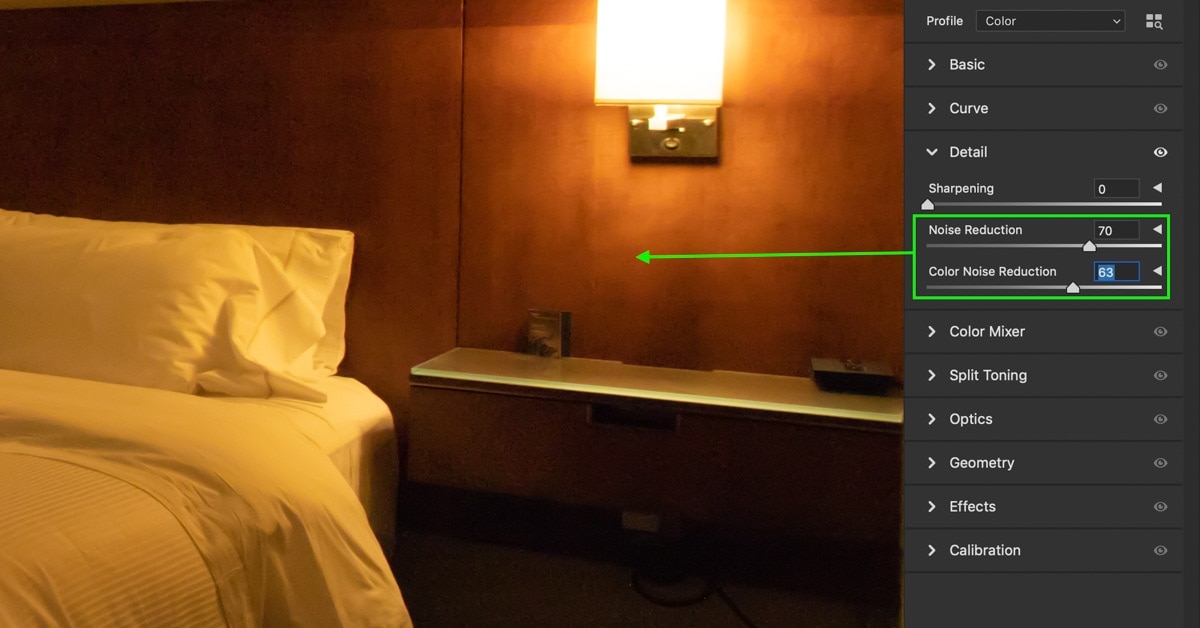
Since you converted the layer to a smart object, the Camera Raw adjustments show as a smart filter. If you ever want to go back and make changes, you can just double click on the words 'Camera Raw' to reaccess.

This is one of the easiest and most effective ways to fix grainy photos in Photoshop. It streamlines the process with fewer sliders and is extremely beginner-friendly.
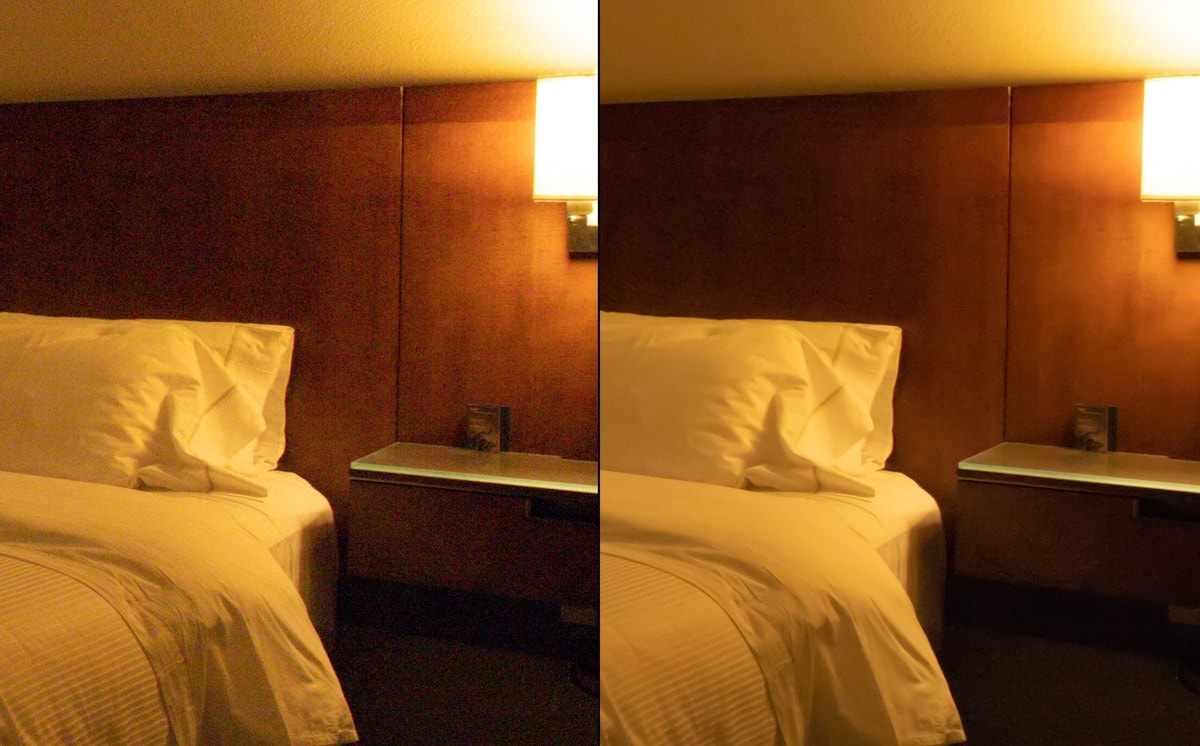
Conclusion
Learning how to fix grainy photos is an essential skill for all photographers. Whether it's in-camera or with post-processing, fixing grainy photos is key to maintaining a better quality image.
Want more posts like this? Subscribe to my weekly newsletter for more photography, and photo editing tutorials delivered straight to your inbox!
how to fix grainy photos
Source: https://www.bwillcreative.com/how-to-fix-grainy-photos/
Posted by: ortegawhatife1996.blogspot.com

0 Response to "how to fix grainy photos"
Post a Comment